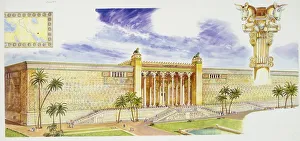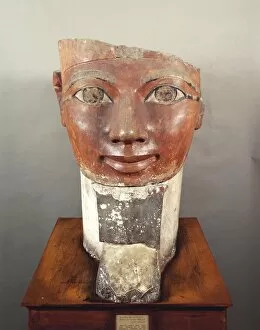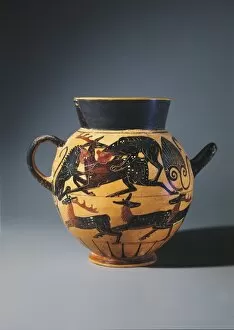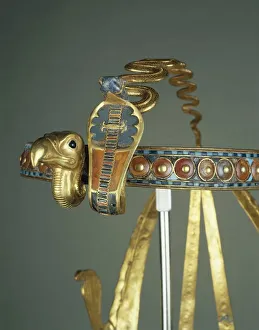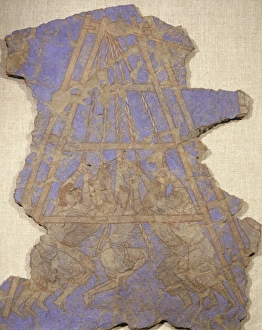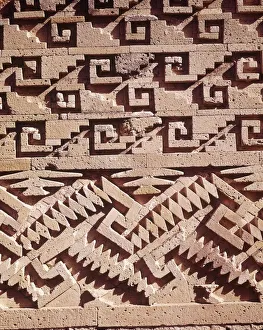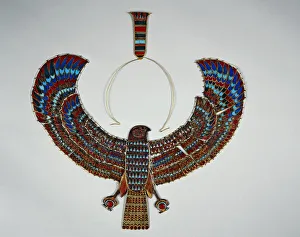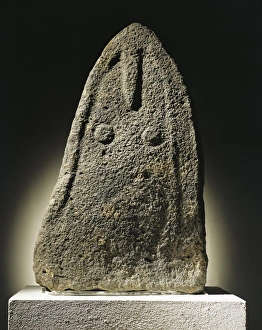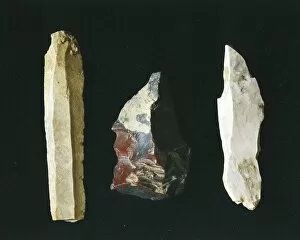Archaeological Artefact Collection
"Unveiling the Mysteries of Ancient Civilizations
All Professionally Made to Order for Quick Shipping
"Unveiling the Mysteries of Ancient Civilizations: A Journey through Archaeological Artefacts" Embark on a captivating journey as we explore the intriguing world of archaeological artefacts from various corners of the globe. Our first stop takes us to Sri Lanka's enchanting Ancient City of Polonnaruwa, where the majestic Gal Vihara beckons with its awe-inspiring reclining Buddha statue. Next, we delve into the ancient ruins of Ugarit and discover a remarkable tablet inscribed in Babylonian cuneiform syllabic script. This relic offers a glimpse into the rich history and cultural exchange that once thrived within this ancient city. Venturing further back in time, we encounter an anthropomorphic figure meticulously carved from mammoth tusk during the Upper Paleolithic Age. This exquisite piece serves as a testament to our ancestors' artistic prowess and their deep connection with nature. The Treasure of Tutankhamen awaits us next, revealing an opulent royal chariot from Egypt's New Kingdom. Adorned with intricate details and symbols, it transports us to an era steeped in grandeur and regal splendor. Our exploration continues with a vibrant red-figure pottery dish adorned with delicate fish decorations hailing from Cerveteri. This masterpiece not only showcases exceptional craftsmanship but also provides insights into daily life and cultural practices during its time. Moving across continents, we stumble upon a votive bronze statuette depicting the Lar deity discovered in Barco di Susegana, Italy's Veneto region. Its presence evokes feelings of reverence towards these deities worshipped by ancient civilizations. Inscriptions on another artifact transport us back to Egypt's New Kingdom once again – this time unveiling secrets hidden on its posterior side. These enigmatic writings offer tantalizing clues about forgotten rituals or perhaps even cryptic messages left for future generations. A painted limestone slab captures our attention next.





